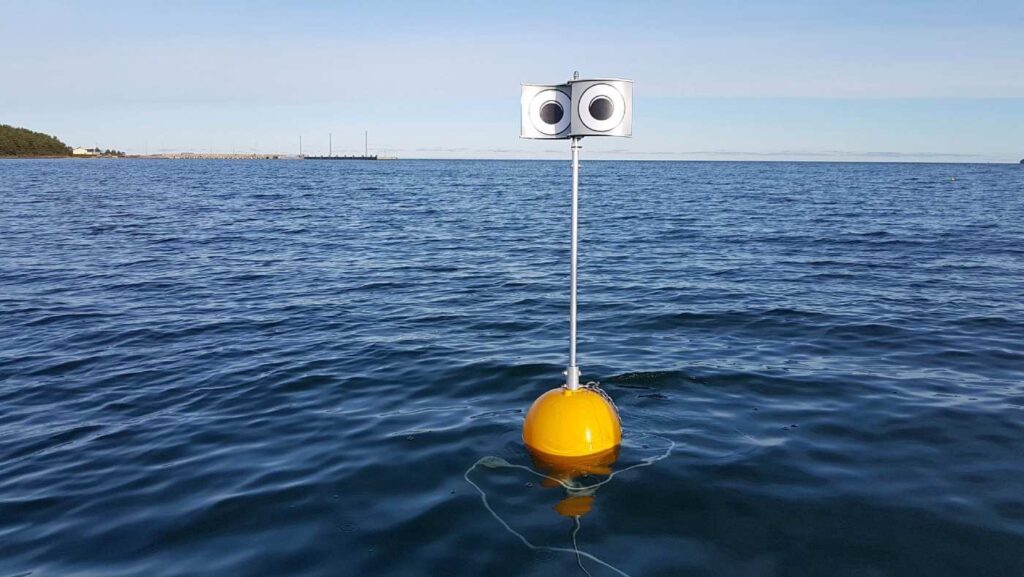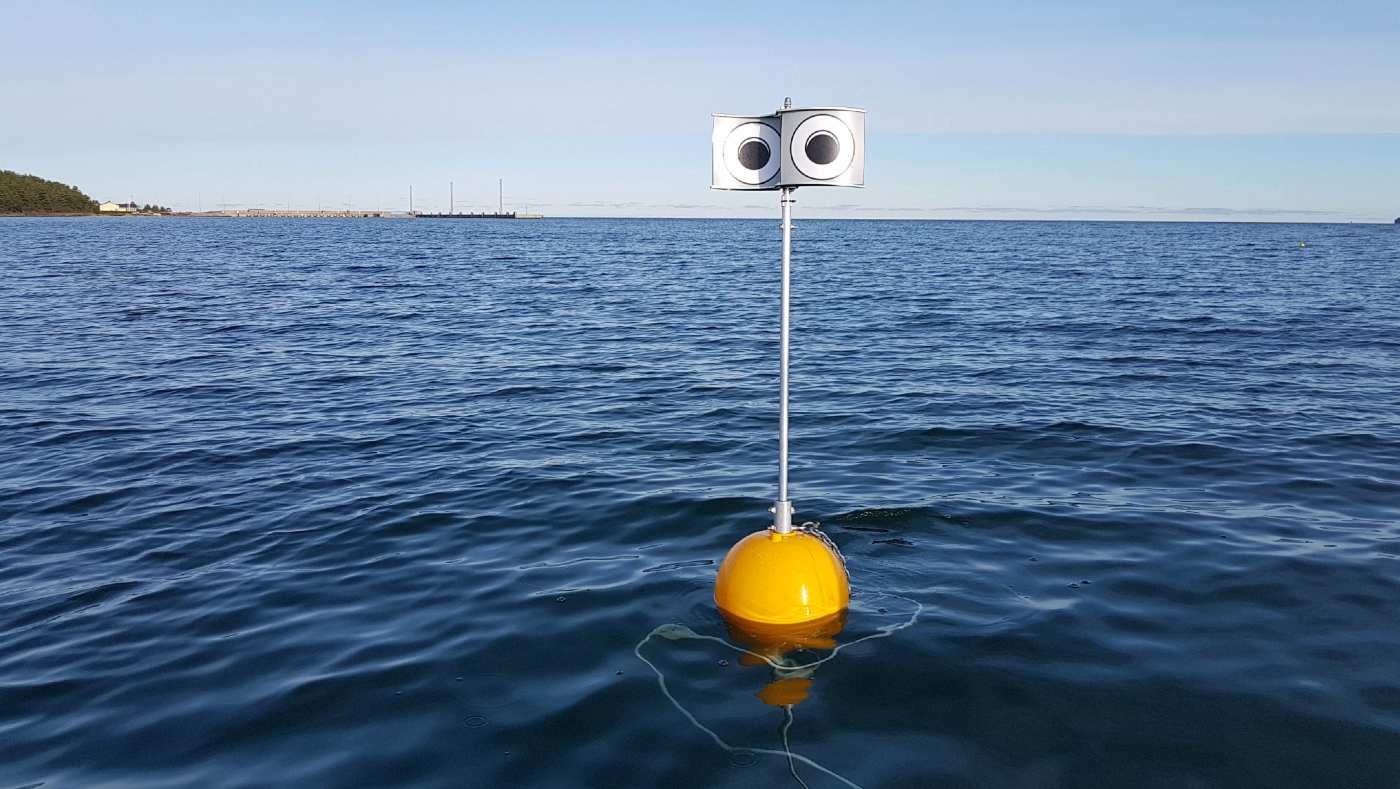To prevent seabirds from being caught in fishing nets, conservationists have developed an unusual aquatic scarecrow which the GNN staff summarily agreed looked just like Pixar’s WALL-E.

Invented as part of a multinational effort to create innovative solutions to prevent seabird bycatch, a pair of googly-eyes mounted on a floating buoy was found to decrease the numbers of long-tailed ducks loitering around gillnets in Estonian waters by 25%.
Fishing bycatch, defined as the capture of non-intended animals in fishing nets and lines, accounts for the deaths of 400,000 birds worldwide every year, something which conservationists are targeting as a preventable tragedy with different kinds of deterrents.
Called the Looming Eyes Buoy (LEB), scientists at Bird Life International’s Marine Program tested it on ducks off the coast of Estonia over a 250-hour period to determine its effectiveness. Notably the birds returned when the buoys were removed, suggesting limitations.
Yann Rouxel, lead author of the study reporting the results wrote: “The development of low-cost devices such as the LEB offers up simple, yet innovative, solutions to these conservation problems and so that everybody benefits. The next step is for us to test the device in gillnet fisheries to ensure that seabird bycatch is reduced.”
MORE: Bird Sets New Record for Longest Bird Migration – 7,500 Miles Without Making a Single Stop
The WALL-E-like buoy’s next stop is the Icelandic Lumpfish fisheries and their gillnets, to see if it can continue its preventative effects on other species of birds.
Gillnet bycatch of seabirds isn’t the easiest thing to prevent, and heavy-handed measures like enforced closure of fisheries or banning of nets can harshly impact developing economies, especially in Africa, that rely on the fishing industry for a large part of their national food and income.
Instead scientists are opting for scarecrow tactics—low-cost solutions that allow gillnets to remain, and that won’t pile on unsustainable costs to fishermen.
RELATED: Air Pollution Laws May Have Saved Over 1.5 Billion Birds in American Skies, Finds New Cornell Study
One solution like this in Namibia found almost perfect success through stringing brightly colored “fish scaring lines” from the backs of fishing trawlers. GNN reported last year that a 98% reduction in albatross and other seabird deaths was observed after laws were passed requiring fishermen to attach these lines to the back of their boats.
“It’s part of the brightness and then the motion of it, it’s been very very effective around the world, other nations have reported success other than Namibia,” Titus Shaanika, a Namibian conservationist and co-author of the study reporting on the scaring lines’ success, told the BBC at the time.
BUOY Your Friends With the Good News—Share This Story…




















